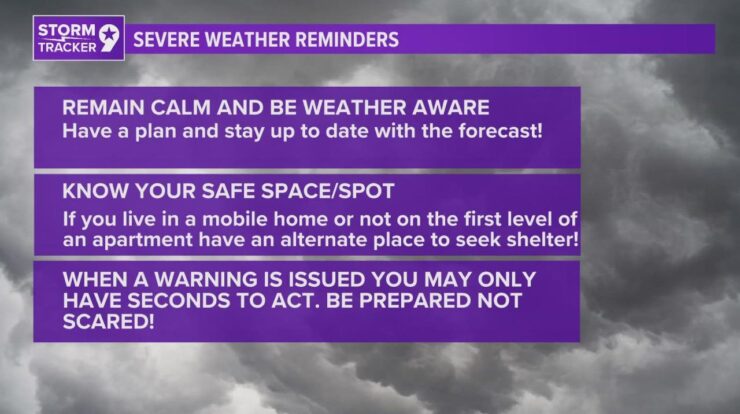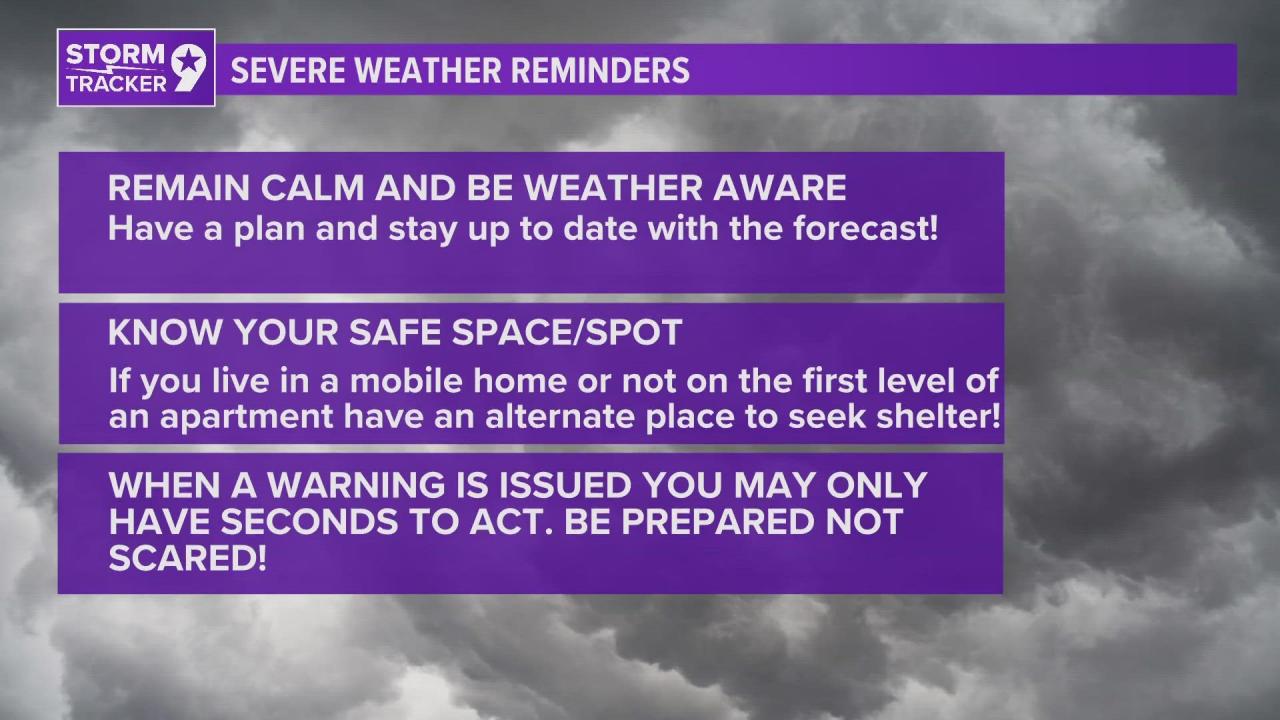
Difference between watch and warning – The distinction between a watch and a warning in weather forecasting is crucial for understanding the severity of impending weather conditions and the appropriate actions to take. This guide delves into the definitions, severity levels, issuance processes, and actions associated with each term, providing a comprehensive overview of their differences.
If you’re a fan of combat sports, you won’t want to miss out on Bare Knuckle Fighting Championship (BKFC). Check out how to watch BKFC to catch all the action. Speaking of action, basketball fans can tune in to the Lakers watch to cheer on their team.
As weather events become more unpredictable and intense, it’s essential to be aware of the nuances between a watch and a warning. By comprehending the significance of each term, individuals can make informed decisions to ensure their safety and well-being.
Define the Terms
When it comes to weather forecasting, it’s crucial to understand the difference between a watch and a warning. A watch is issued when conditions are favorable for a hazardous weather event to occur, while a warning means the event is imminent or already happening.
Distinguish the Severity Levels

Watches are typically issued when there’s a potential for severe weather, but the exact timing and location are uncertain. Warnings, on the other hand, indicate that the event is either happening or will happen soon in a specific area.
Explain the Issuance Process: Difference Between Watch And Warning
Watches are issued by the National Weather Service (NWS) when atmospheric conditions indicate a possibility of severe weather. Warnings are issued when radar or other observations confirm that the event is occurring or about to occur.
For those interested in combat sports, how to watch bare knuckle fighting will guide you through the process of catching the intense and thrilling matches.
Describe the Actions to Take
When a watch is issued, it’s recommended to stay informed about the weather and be prepared to take action if necessary. When a warning is issued, immediate action is crucial to ensure safety.
If you’re looking for a fun way to connect with friends and family while enjoying movies and shows, try out Amazon watch party . It’s a great way to share the entertainment experience.
Provide Real-Life Examples
In 2011, a tornado watch was issued for Oklahoma City, but it was not upgraded to a warning. However, in 2013, a tornado warning was issued for Moore, Oklahoma, giving residents precious time to seek shelter before a devastating tornado struck.
Last Recap
In conclusion, understanding the difference between a watch and a warning empowers individuals to navigate weather events with confidence. By recognizing the severity levels, issuance criteria, and recommended actions associated with each term, we can effectively prepare for and respond to potential threats, safeguarding our communities and loved ones.
Question Bank
What is the difference between a watch and a warning?
A watch indicates that conditions are favorable for a hazardous weather event, while a warning signifies that the event is imminent or already occurring.
What actions should I take when a watch is issued?
Staying informed is crucial, especially during severe weather events. Understanding the difference between watch and warning can help you prepare and stay safe.
Monitor weather updates, be prepared to seek shelter, and gather essential supplies.
What should I do when a warning is issued?
Take immediate shelter, follow evacuation orders if necessary, and stay informed about the situation.
How are watches and warnings issued?
Watches are issued when conditions are favorable for a hazardous weather event, while warnings are issued when the event is imminent or already occurring.